Stories Behind the Songs: David Hood
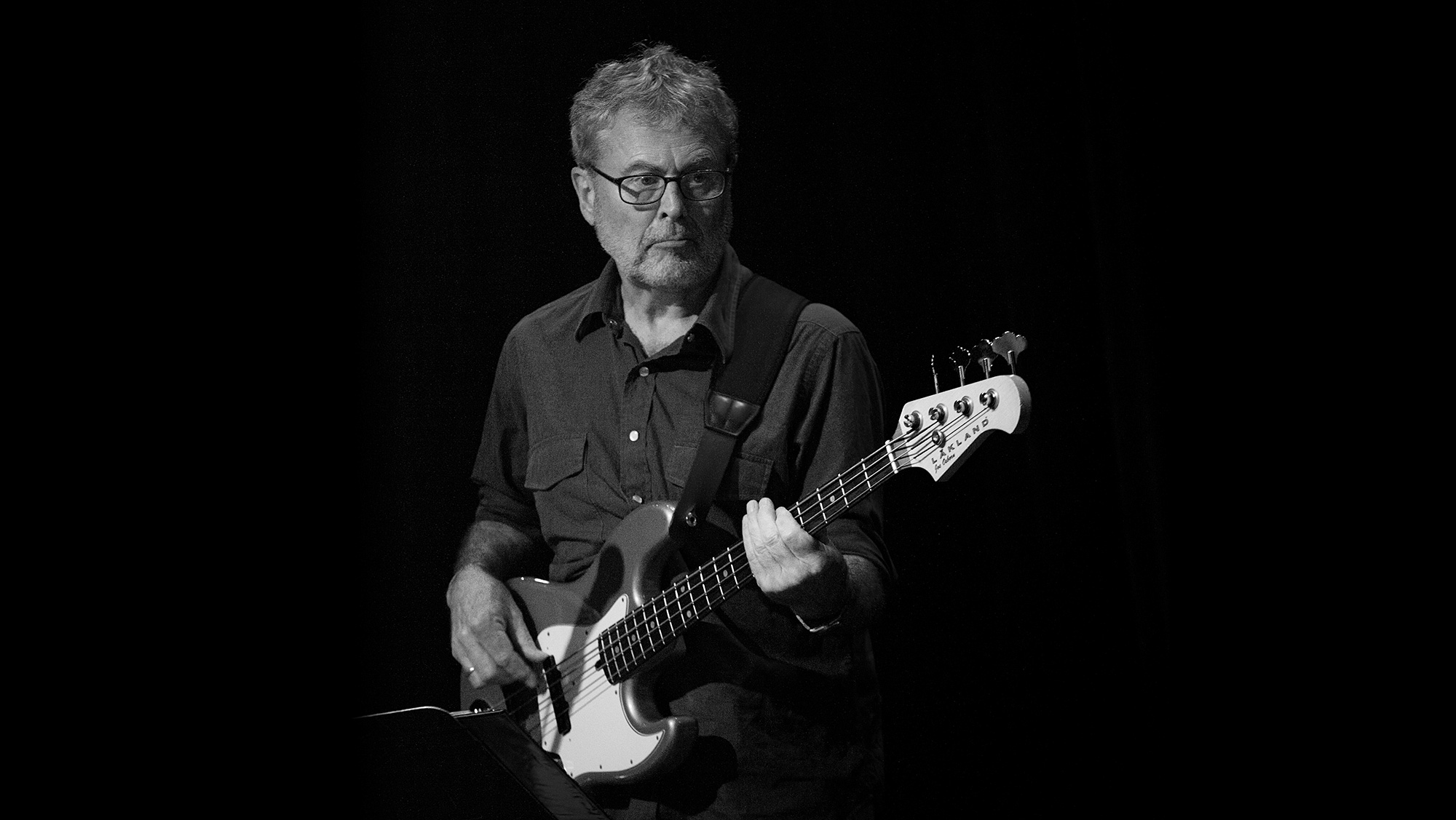
The story of Muscle Shoals as a recording mecca is simply incredible. Nestled in the northwest corner of Alabama, the area became a hotbed of hits in the ’60s and beyond, prompting everyone from The Rolling Stones to Willie Nelson to make the trek to capture the magic. A big part of its magnetism came from the Muscle Shoals Rhythm Section and the bass lines of David Hood, whose unforgettable body of work plays on the radio around the world all day long.
His most famous bass line may be the infectious groove and catchy solo spot from “I’ll Take You There” by The Staple Singers, but his CV includes Bob Seger’s “Old Time Rock and Roll”, Paul Simon’s “Kodachrome”, Etta James’ “I’d Rather Go Blind”, and many more.
Hood’s first recording experience was at FAME Studios with his band The Mystics. It was also his introduction to producer Rick Hall, with whom he would cut several hits before he and his fellow bandmates struck out on their own.
“I had been playing about four years before I started recording,” he explains. “When all my bandmates were graduating from college, they were getting regular jobs and stuff but I wanted to keep playing. I started hanging around the recording studio, FAME, and Quin Ivy’s studio where Percy Sledge recorded. I eventually started getting work… At that time, there just weren’t a lot of bass players. Just having one got you hired in the very beginning. [laughs] If you think of pre-’66 or so, it was acoustic bass on nearly everything. It was a new instrument at that time. I just happened to be on the ground floor, I guess. Not being a busy player (which you don’t need to be on recordings), I just fit right in.”
Hall often double-booked musicians for his recording sessions to be able to swap players in and out on the fly. This allowed Hood to meet fellow recording legends Jerry Jemmott and Tommy Cogbill, which was unusual as most session bassists didn’t meet.
“We got to know each other. We didn’t necessarily hang, but I was so impressed with Jerry’s playing,” he explains. “Tommy Cogbill was fantastic. He was really a guitar player that just doubled on bass. Some of his bass lines are still just classic lines. There was one thing he did that I did for many years. He’d have a jar of vaseline and put it on his picking fingers so it would be smoother and not catch on the strings or anything. I guess that was because he had to play harder for the bass than the guitar. So I thought, ‘I’m going to do that.’ So for years, I did that, too, but I quit doing that. It got to be too messy.”
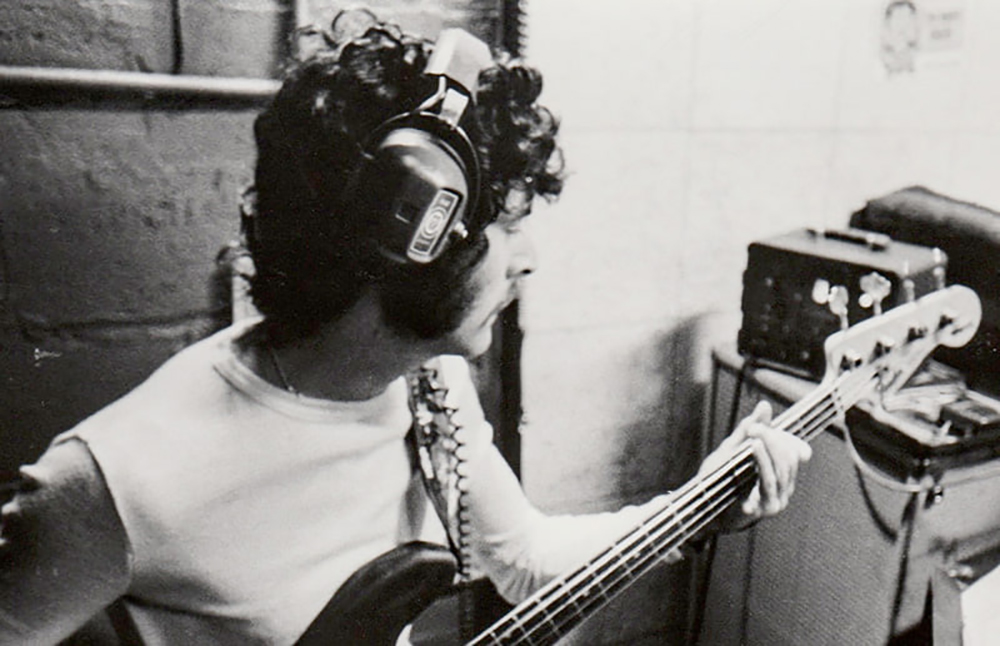
In 1969, the members of The Muscle Shoals Rhythm Section banded together to start their own studio, Muscle Shoals Sound Studio, at 3614 Jackson Highway down the road in Sheffield, Alabama. Things only picked up from there as they gained control over their sessions and approach.
It may be the way of the bass player or it may be Southern manners, but Hood is always humble about his style. He credits his solid time and feel to the late Swampers drummer Roger Hawkins.
“You can’t overcome a bad drummer, and I was fortunate enough to play with Roger Hawkins and a few other drummers. I learned how to lay back and play with them rather than fight them,” Hood explains. “I didn’t want to be the guy who was making the groove; I wanted to be the guys that are making the groove. I think that if I have a talent, that’s it. Playing with people who are really good, and just playing with the right people.”
Another large contribution to his lasting bass lines is his classic tone. The bassist is closely associated with the sound of a Fender Jazz, but his main axes through the years may surprise you.
“The [first main] bass I played was a 1961 Fender Jazz bass. At the time, everyone was playing Precision basses but I bought a Jazz bass. It was probably the first one in town. I just loved the way it played. It got stolen in 1973 when I was playing with Traffic, so I went out and bought a CBS Fender Jazz bass and thought, ‘God, this thing sucks,’” Hood recalls. “That’s when I started trying other things and settled on an Alembic. I used that Alembic a lot. Probably ’73 or ’74 until the late ’80s when I got a Kubicki X-Factor, which is a great recording bass. It’s kind of a weirdo. People think ‘What is that?’ But I always went for the sound, not the look or the style or anything. It was just a great recording bass and that’s what I did. I didn’t really play live. I just wanted it to sound good on the playback. I now primarily play a Lakland bass – the Joe Osborn model, which is kind of a copy of my very first Jazz Bass. It’s got stacked knobs and plays exactly like my first Jazz Bass. I’ve gone full circle back to that.”
We caught up with Hood to get the scoop on some of the biggest hits from his career as well as some lesser-known gems. (Ahead of our interview, he shared a great playlist of his lesser-known tracks that I suggest you check out!)
1. “Warm and Tender Love” – by Percy Sledge from Warm & Tender Soul (1966)
I brought my bass and I believe I brought an amp. That first session was at Quin Ivy’s studio and I believe he had an Ampeg amp I played through. Back then, they didn’t really know how to go direct, so it was miked. Listening to it now, it sounds great. It was one of those mics that Johnny Carson would talk on. Was it an RCA 44?
Later, when they got direct boxes and stuff, I’d do that but do a mic at the same time and let the people in the control room figure out what to do with it.
2. “Tell Mama” – By Etta James from Tell Mama (1968)
“Tell Mama” was the hit. It was a Clarence Carter song [that] was “Tell Daddy” originally. The producer, Rick Hall, turned it around to make it a woman’s song for Etta. She didn’t really want to do it, at first, but it just turned out so good. “I’d Rather Go Blind” was really considered a B-side on the session, but boy it’s become a standard. What I played on that was so simple, but I found that a lot of times repetition is a good thing on the bass.
I was never really a live player. I played in a frat band for four years, but when I started playing in the studio, I didn’t play out much. I think that’s another key to my success. I play for the radio and records, not for showing off or doing hot licks.
Even so, I didn’t really want to play that bass line. The one that was on the Clarence Carter version of the song was a simpler thing. It wasn’t really the [one chord to the four chord], it was just [the one chord]. Rick Hall told me to play what I did end up playing. He was right on it, of course. He was right on a lot of things. It’s good to have a good producer who is a record person. Rick was definitely that.
3. “Take A Letter Maria” – by R.B. Greaves from R.B. Greaves (1969)
This was the first hit cut in our new studio. It was funny because we’d been working with Tom Dowd and Jerry Wexler and different producers and really didn’t have a hit for a while. Then Ahmet Ertegun shows up and brings R.B. Greaves, and it was our first hit. It was just a great song.
I don’t know where he was from, but R.B. Greaves wrote his songs so they would have that kind of island feel. A lot of the stuff we did like for Chris Blackwell for Island Records, he would bring us songs that really had a Jamaican feel and we would have to “rock and roll it” a little bit and straighten it out from the Jamaican thing. This was before reggae became a big thing.
I played with Jimmy Cliff, and a lot of the songs he brought were Jamaican feel, so we’d have to straighten them out to be more pop or rock. We were trying to be commercial. Rick was always very conscious of being commercial for the radio and records, so we learned that from him, I think.
[As to the arrangement], we learned that there needed to be a difference between the verses and the choruses. Our music wasn’t written or anything. We would learn the song from the songwriter or a demo cassette or something like that. We’d just have to figure out what it should sound like on a radio or on the record. After some studying, we found the choruses need to be more active and driving.
When I first started recording, I went and bought a bunch of Motown records and a bunch of Stax records and listened to the bass lines and how they constructed their records. I learned from listening to other records, specifically, things cut at Motown and things cut at Stax. That’s what I was doing at first, it was mostly R&B.
That studio has been restored and made just like it was in 1970. The bass was always in one place and the drums were always in one place. We never changed. Maybe once in a while, someone would rent our studio and change it up, but we used it the same way all the time. That worked.
Jimmy Johnson, one of my partners in the studio, was a rhythm guitar player and a sound engineer. We really worked on our sound. I think FAME always had a great sound, so we modeled our sound after what we were doing there. Our sound engineers were key to the whole operation. They were musicians themselves. When we made the chord charts, the sound engineer got a chord chart, too, and would know what was going on musically.
The amp I had then, and I’ve still got, was a Fender Bassman. Actually, I had a blonde 2×12 cabinet that I bought to use as an extension speaker with another amp. I still play it. It’s one of those 60-watt Bassman heads. The head is black with a silver grille cloth, and beside the one blonde cabinet I had a gold grille cloth, I think.
We’d place the mic in front of one of the speakers. Prior to that at FAME, he had an old Bassman that only had one speaker – a piggyback amp. The sound really came from the sound engineer, I think, getting the best sound he could for the recording.
4. “Call Me” – by Aretha Franklin from This Girl’s In Love With You (1970)
That was cut in New York at Atlantic Studios. Jerry Wexler was the producer with Tom Dowd. Wexler would sit and listen to two hundred songs trying to find the best twenty. He’d sit with Aretha or whoever and they would pick the best songs. We didn’t really have any say in that at all.
Based on whatever demo it was, I played the best version of it that I could. Usually, it’s pretty simple. Nearly everything in my discography is simple stuff. When you’re making records, you have to make it for something you’d hear on the radio.
I didn’t really have a whole lot of direction. They would pick the songs and we would just play. Roger and all the musicians I played with were great players. “Call Me” was probably Barry Beckett on the second keyboard, but that was Aretha playing the piano. She sang it while she played it. I think that was the key to Wexler’s success – he had her play. She was a great piano player brought up in a gospel atmosphere. I don’t know how they separated the voice from the keyboard, but they did it successfully. I remember lots of times the grand piano would have a quilt over it so it wouldn’t pick up the vocals so much.
5. “I’ll Take You There” – by The Staple Singers from Be Altitude: Respect Yourself (1972)
I never get tired of [talking about this song]. I enjoy it. I miss going to the studio every day and recording from 10 in the morning to dinner time or after. We did that every day for many years. You develop a lot of things overdoing it that much and working with the same guys most of the time. It really helps to work with the same guys over and over and over. You try to make it sound different for the artists you work with, but it’s usually the same guys.
We loved working with the Staple Singers, and I think the first album we did the single was “Heavy Makes You Happy.” They came in for the next session and they had “Respect Yourself” and “I’ll Take You There” and some other songs. Al Bell was the producer on that and helped pick out the material with the Staple Singers. I think on “I’ll Take You There”, that was the first take. I’m not positive, but I believe the vocal was live with the rhythm section. They may have fixed some lines, but that was original.
If you listen to “I’ll Take You There,” there’s not really a song there. There’s no verse or chorus like in a traditional song. It’s more like a jam. Once we hit on that riff, we did it over and over and over, except for the little breakdown.
The idea for that song came from an instrumental that Al Bell had heard called “The Liquidator”. It was an instrumental by a Jamaican group called the Harry Jay All-Stars. Al had been on vacation in Jamaica and heard that down there. He brought the single back and played it in the studio for us. He said, “Let’s make something like this but change it to where it’s not an exact copy.” That’s how we came up with the riff. If you listen to that song, you’ll think “Wow, that’s ‘I’ll Take You there.’”
[The bass solo] was a spur-of-the-moment idea. The rhythm section would give each other ideas. We probably said, “We need a little breakdown here, what can you put in there?” That’s probably where the [bass solo] came. It was all communal. We’d make suggestions and give each other ideas. That’s another great thing about working with the same guys all the time. You get comfortable with each other so you can say “Hey, try this” or “That sucks, try this.”
6. “Respect Yourself” – by The Staple Singers from Be Altitude: Respect Yourself (1972)
The original “Respect Yourself” was nothing like what we came up with. We slowed it down and made more of a groove with it. The funny thing is that Mack Rice, who also wrote Mustang Sally, wrote that song.
I really enjoyed working with the Staple Singers. They were a family group. They never wanted to do anything like a cheatin’ song. They were very Christian, so all of their songs were like “Respect Yourself” and stuff like that.
I remember coming up with the groove on “Respect Yourself.” Everybody had gone to lunch. Roger and I just stayed in the studio and played it together. It’s so simple. I think the best records are simple.
I’d watch while sitting in my little bass spot and we knew we had a good track when Al Bell and the people sitting on the couch in the room would all be swaying in their seats. We knew then that we got the groove right.
7. “If Loving You Is Wrong I Don’t Want To Be Right” – by Luther Ingram from I Don’t Want To Be Right (1972)
There was a demo or something that we learned the song from, and this is what we came up with. It’s not a perfect track – it kind of speeds up and slows down in the middle of it. We added something on top to distract you from it. Just something to divert your ear from where the tempo might change, but I’m not talking about a major change. Everything with us was under our microscope. We were really listening to everything we did and we could tell every little thing, even when someone took a breath. [laughs]
8. “I Believe In You” – by Johnnie Taylor from Taylored In Silk (1973)
It was an R&B hit, but it wasn’t really a pop hit. At that time, I’d never met Johnnie Taylor at the time. We met maybe 15 years after that. We would cut the tracks and they finished them in other places, [which happened often]. And you’d run out of ideas to keep making things different. We didn’t want everything to sound the same but there are only so many notes.
9. “Kodachrome” – by Paul Simon from There Goes Rhymin’ Simon (1973)
Paul was a great guitar player and songwriter, so I based my parts on what he was doing as much as I could. You don’t want to get in the way of the guitar, so you have to do something that worked with it and didn’t clash with it. I guess that’s why it was as simple as it was – you don’t want to step on anybody’s toes.
The second verse is different from the first verse, as far as the structure. You don’t know it unless you really study it. [It drops a beat]. That was Paul’s idea. It’s just the way he played it, and he played it that way every time. I’ve worked with a few people that write songs like that, like Frank Black from The Pixies. He would do it like that every time. The weirdness is something that’s natural for him to do.
Everyone tends to play everything 4/4 all the time. He made the music work with the lyrics. The music was based on the melody and his phrasing.
We worked on that probably a while trying to figure out what to do and what would suit him. In the end, it was probably the second take. We’d play through things rehearsing in the studio and then we’d record it. Usually, there were very few fixes. I would rather fix a first take with a mistake than play it fifteen times.
Paul had only booked us for one song. “Take Me to the Mardi Gras” was the song he wanted to do and we got it done really quickly, so he said, “Let’s try these other songs.” We sat and played “Kodachrome.”
“Loves Me Like A Rock” he had already recorded with a different rhythm section in New York, but he didn’t really like what they played. So he brought that track and we overdubbed the drums and bass on that one. He took off the original parts he recorded with…. Gosh, I don’t know who it was now, but it was in New York. He took their parts off and overdubbed Roger and me.
10. “(Sometimes I Feel So Uninspired)” – by Traffic from On The Road (1973)
I don’t remember the specific take, but I remember playing the song. I went on the road with Traffic for a month or something. We played the songs every night. When we first cut it, that was the first time I’d ever heard them.
I guess that was my ’61 Jazz Bass until it got stolen on that tour. I played through Acoustic Amps that Traffic owned, which I had never played through until that tour.
I liked [playing rock music]. I’ve done a lot of different things, and that’s one of the things I like about what I do. I like the variety. I don’t like doing the same thing all the time. I played with the Waterboys for two and a half years. Mike Scott, the lead singer, would change the songs up a little bit because he was getting bored with them. I liked that because I didn’t like doing them the same way every time.
11. “How Will I Know I’m Falling In Love Again?” – by Willie Nelson from Phases and Stages (1974)
It’s a beautiful song. Willie was in the studio when we cut it. He drove over from Texas in this old, dirty Mercedes. He parked the car and came in with his guitar and started playing the songs. He’d start with one and go to the next one, then the next one. We had to stop him to learn the songs. That album is kind of a concept album. It’s a story of the lady’s side and the man’s side.
It’s just a beautiful melody to me. It’s not a standout bass part – I think it’s the standard of what you’d play on it. I just like the song.
12. Bob Seger – “Old Time Rock and Roll” from Stranger In Town (1978)
It was a demo session with George Jackson, the guy who wrote it. We cut the track at our second location. We started renting this room where [Percy Sledge’s] “When A Man Loves A Woman” was made. We cut the track in that room with George singing. We finished it at 3614 Jackson Highway studio. As we were finishing it, we said, “George doesn’t sound right singing this song.” So we put a local singer/songwriter named Dennis Gulley on it. As soon as we heard him we thought “Bob Seger!” So we tried to recut that song with Bob. He also cut it with The Silver Bullet Band, but nobody could beat that demo. So we sold him that demo track.
[Young guitarist Howie McDonald] rolled up in the parking lot with his mom and dad. Sometimes we’d have a smartass reply to people [who bothered us]. Howie said, “How do you get to play on a record?” Dennis said, “Do you have a guitar?” He said yeah, so they told him to come in and he ended up getting on the track. I can’t really pick out what part he played now, but he is on it. There were other guitar players on it, too.
I think this was still with one of the Jazz Basses. But when I started playing the Alembics, I stopped playing the Jazz Basses because they were pieces of crap. I know that the Jazz Basses that were pieces of crap were on the Paul Simon record that were hits. So they sounded good, I just hated playing them.
I only saw the Silver Bullet Band play live one time. Bob was playing Birmingham one time so we all loaded up and went to the show. We met them, but that was it. As I recall, we all wore jackets that were exactly alike. They all said Muscle Shoals on them.
13. “It’s Too Funky In Here” – by James Brown from The Original Disco Man (1979)
I hated disco. We were just trying to stay in business and you had to do what was current.
That was the Kubicki X-Factor bass tuned down. I don’t know if you’re familiar with that instrument, but it had a thing where you could have a low D. It wasn’t accurate, but Dave Pomeroy was working at Corner Music in Nashville and he moved the bottom fret just a little bit where it was in tune. I forgot about Dave doing that. He’s the president of the Musician’s Union in Nashville. He’s more than just a great bass player now.
I never met James Brown. We just cut that track and he recorded his voice somewhere else. We had songwriters that worked for our publishing company. We’d tell them how we wanted a song to go or who it was for. That song was written by a guy named George Jackson, who also wrote “Old Time Rock and Roll”. He was a very versatile songwriter.
Brad Shapiro was the producer on the thing we did. The James Brown record was a copy of the demo we did with George Jackson on that song. I think on that one I tuned down to get a different kind of sound.
We decided to re-record that a few years ago at a studio in Jackson, Mississippi and I had the hardest time getting the part to sound right. Even when you’re copying yourself, you just can’t do it.
14. “Right Around the Corner” – by Steve Cropper from Dedicated: A Salute to the 5 Royales (2011)
That was done at Dan Penn’s house in his basement. I was in an itty bitty room that had a glass door. I could hardly turn – there was barely enough space for me and the bass in that room. I could look through the window into the control room, and I’ve always loved that. I like to take cues from whoever is recording.
I like working in the studio room with the rhythm section. I hate to be the guy in the control room with everyone sitting around and watching. I hate that. I get really paranoid with people watching me play! It’s less communal that way, too. It’s a rarer event to play with a full section. I like working with bass, drums, piano, guitars, that kind of thing, all at the same time.
That was Delbert McClinton singing that, and that was a first take. I think I overdubbed part of it – maybe fixed that one part.
15. “Come Back Little Star” – by Patterson Hood from Heat Lightning Rumbles in the Distance (2012)
I think that’s the Kubicki X-Factor, again. I don’t use that as much anymore, but I don’t know why because doesn’t it have a beautiful sound? It’s active, but not a whole lot.
We did that in Athens, Georgia because that’s where my son was living at the time. The producer, David Barbe, is also a bass player and musician himself. It’s good to work with people who are musicians themselves.
Newer musicians don’t do it like we did. They don’t read chord charts – they do it like a band would do it. We did it like a rhythm section would do it. We’d learn the song and run it down once or twice then cut it. Bands play it and play it and play it…
My son is a great songwriter. He’s a better songwriter than he is a musician. When he first started playing music, I thought he was the worst I had ever heard. [laughs] You learn by playing with other people and eventually he learned to be a good player. I always love to go hear him play solo now.

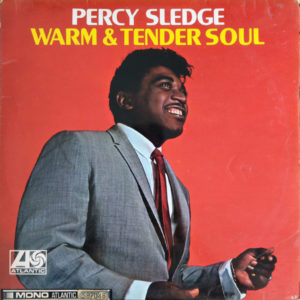
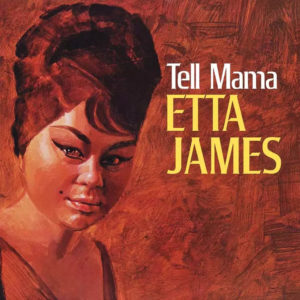
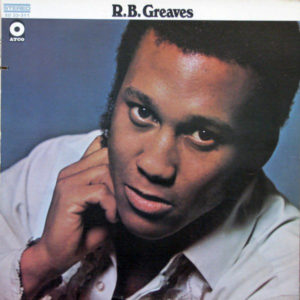
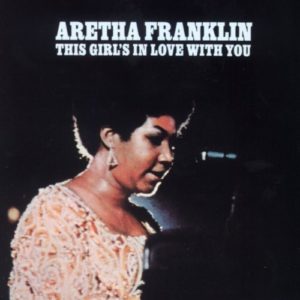
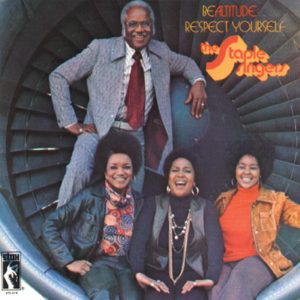
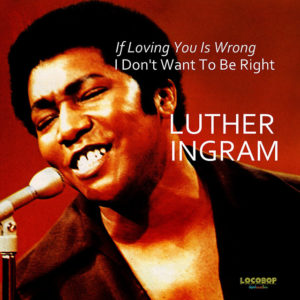
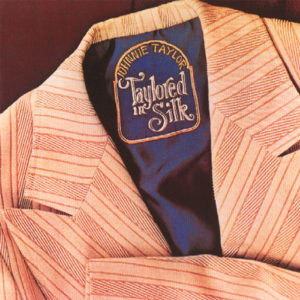
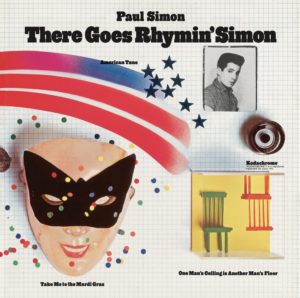
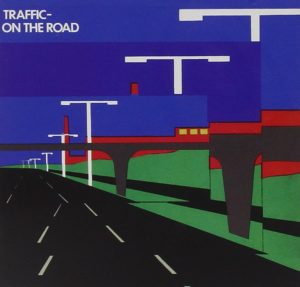
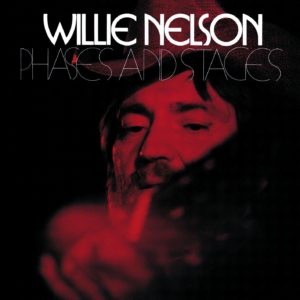
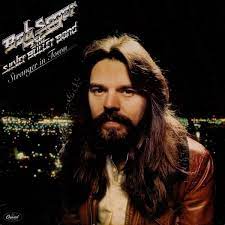
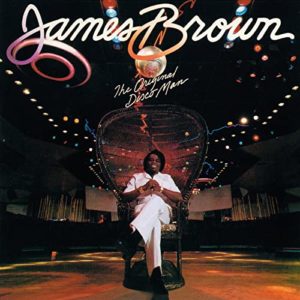
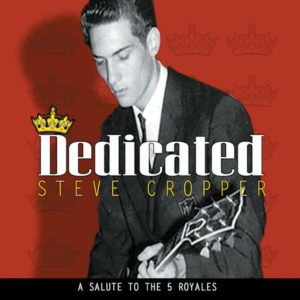
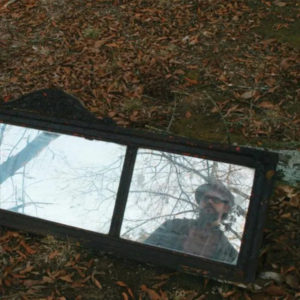
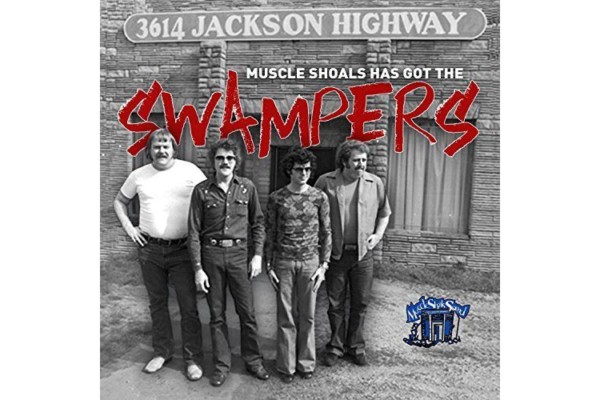
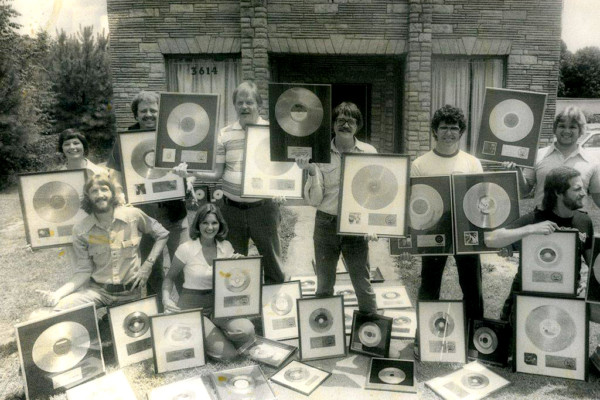
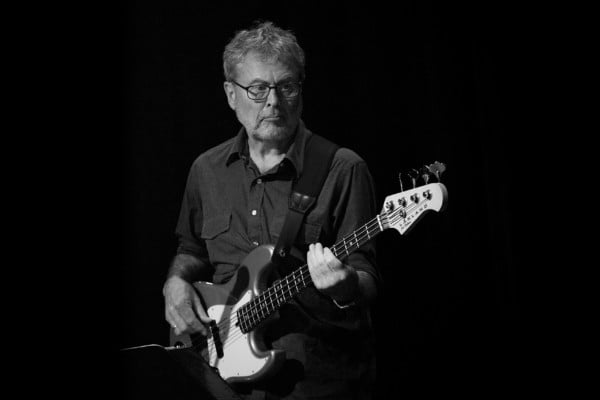
Great stuff – I had the good fortune to stumble upon David playing a live gig with The Amazing Rhythm Aces at The Bluebird in Nashville many years ago. I approached him after the gig and the man is so down home and humble it’s incredible. He took the time to talk and pose for a couple of pics with me – what a great memory!!